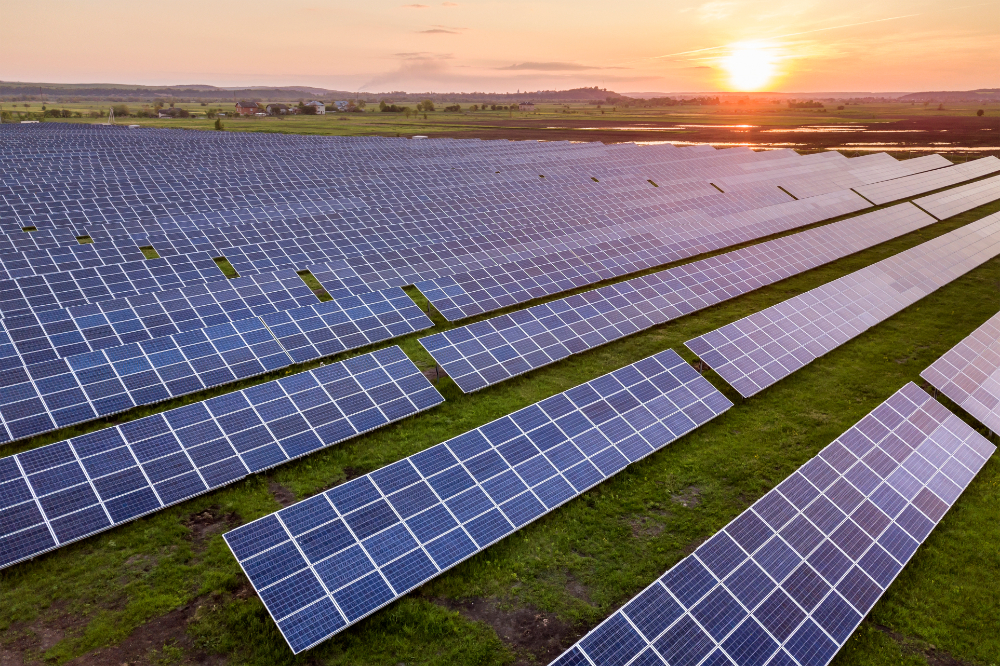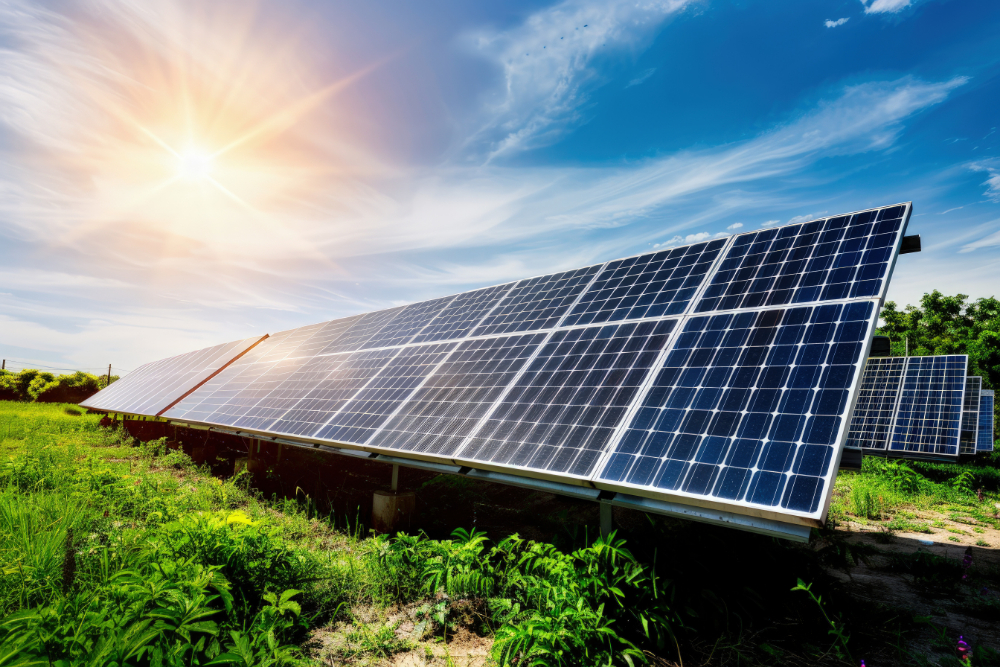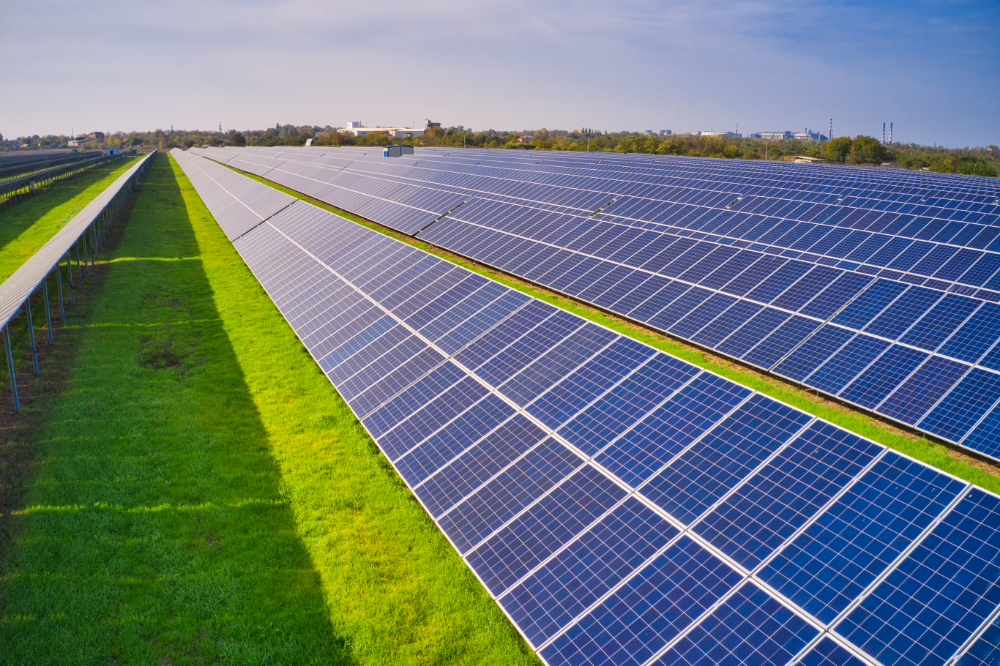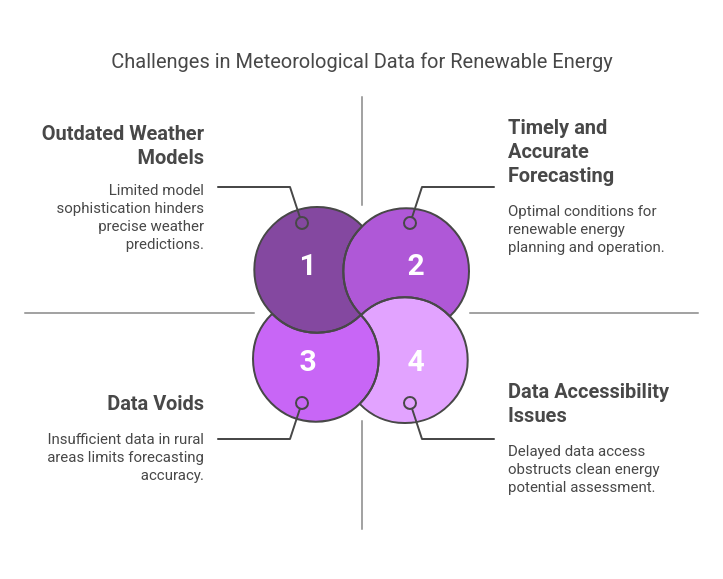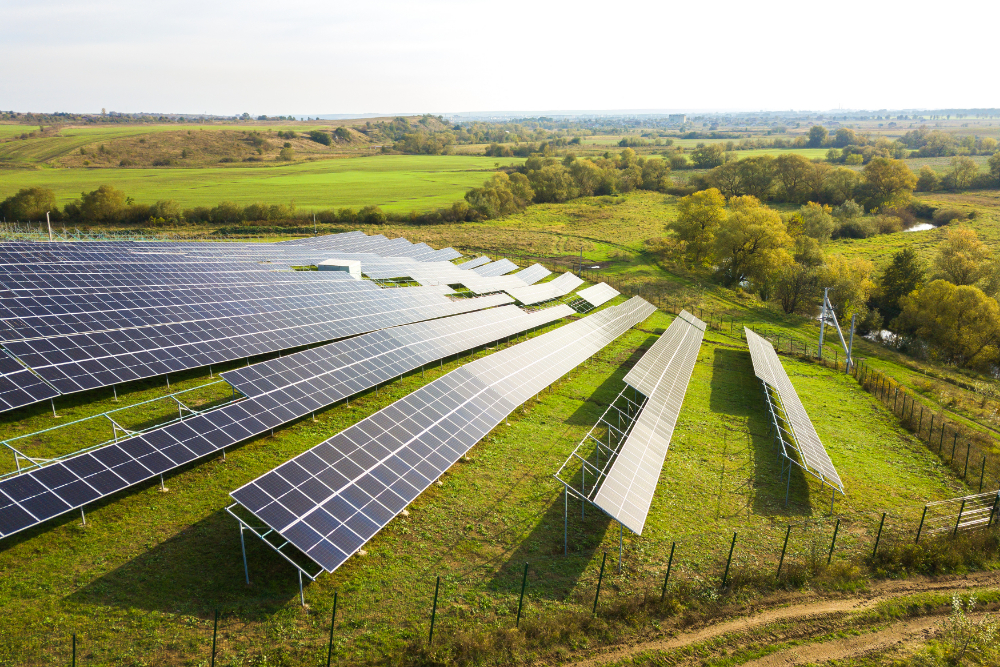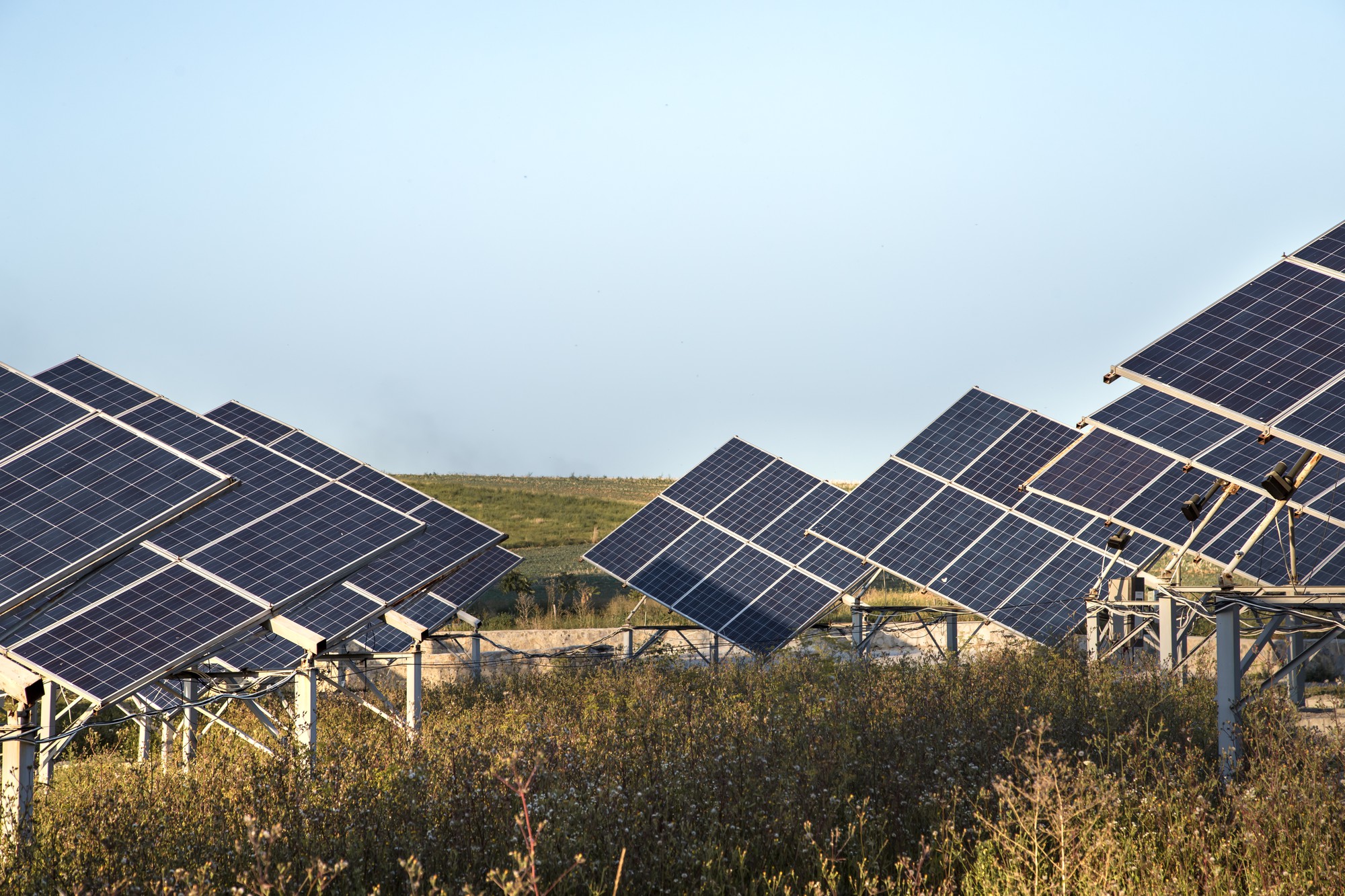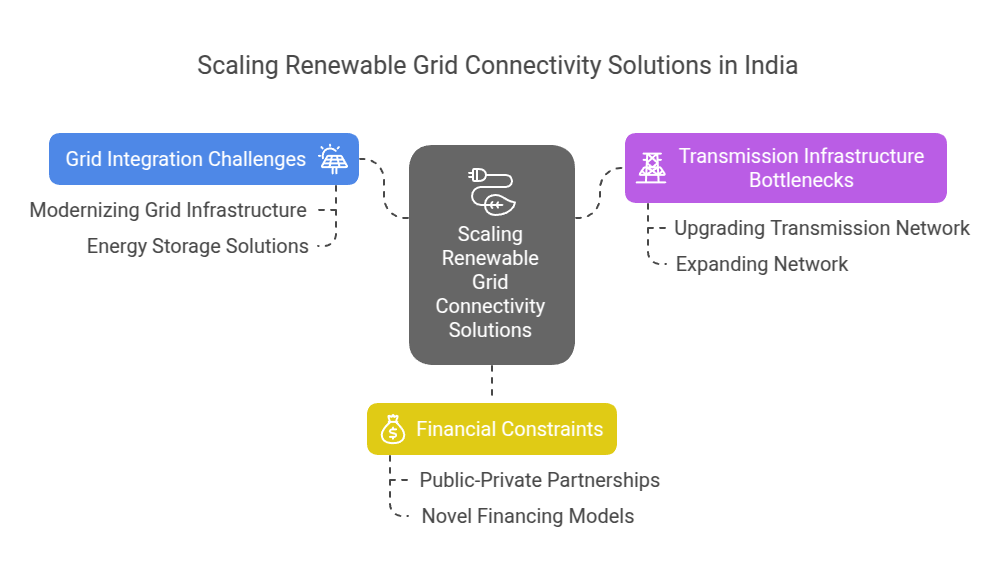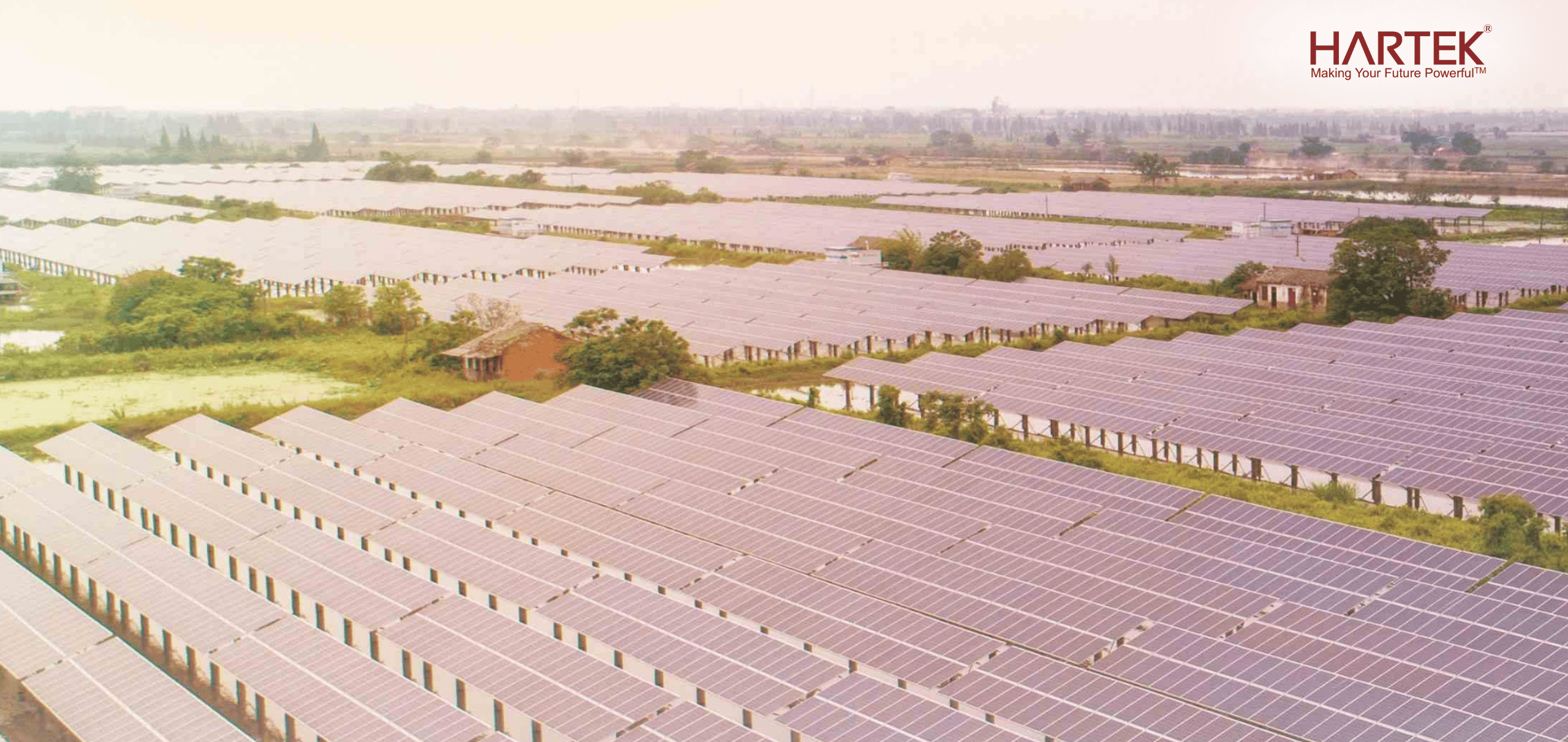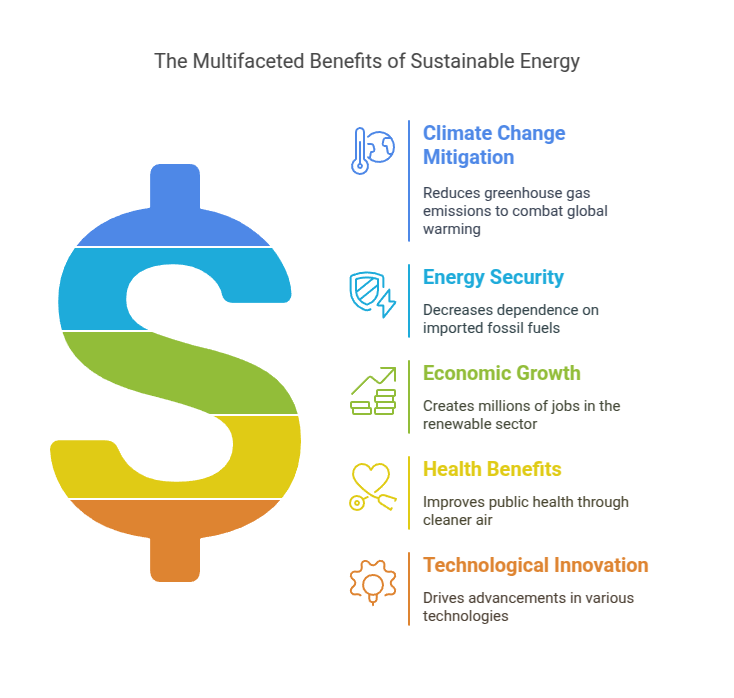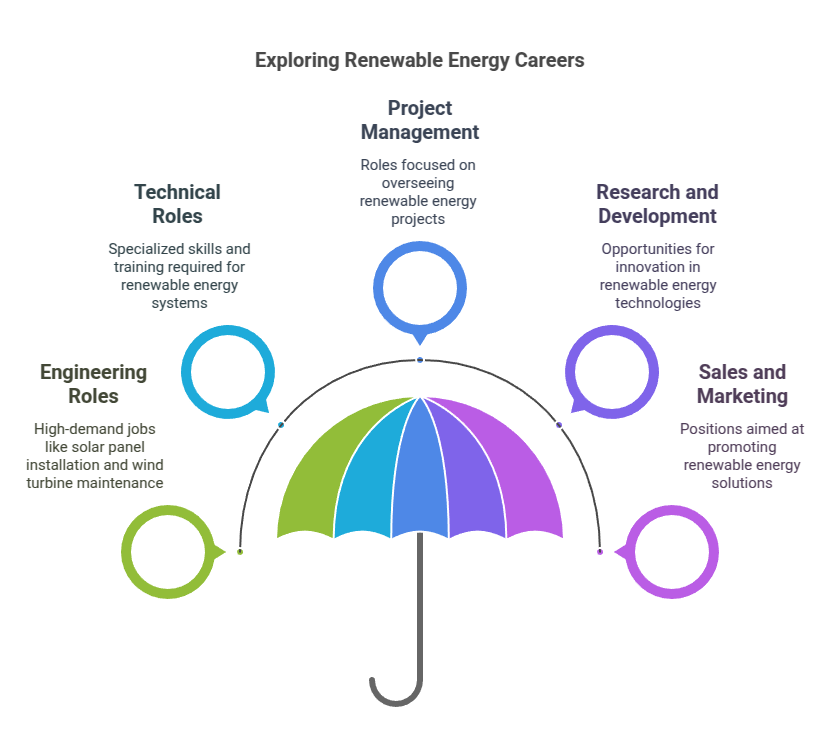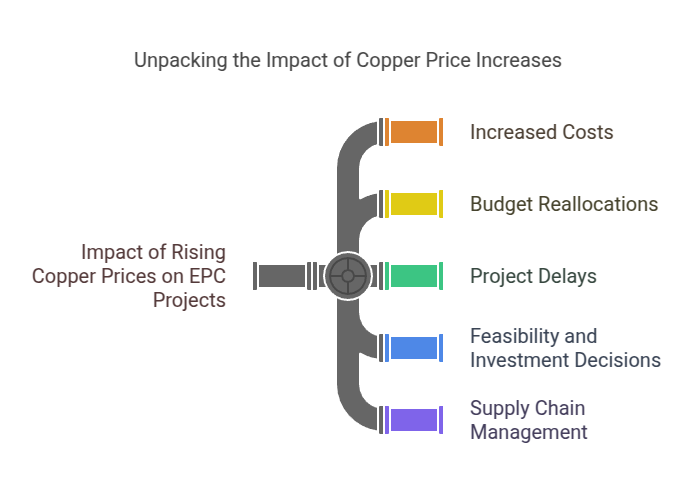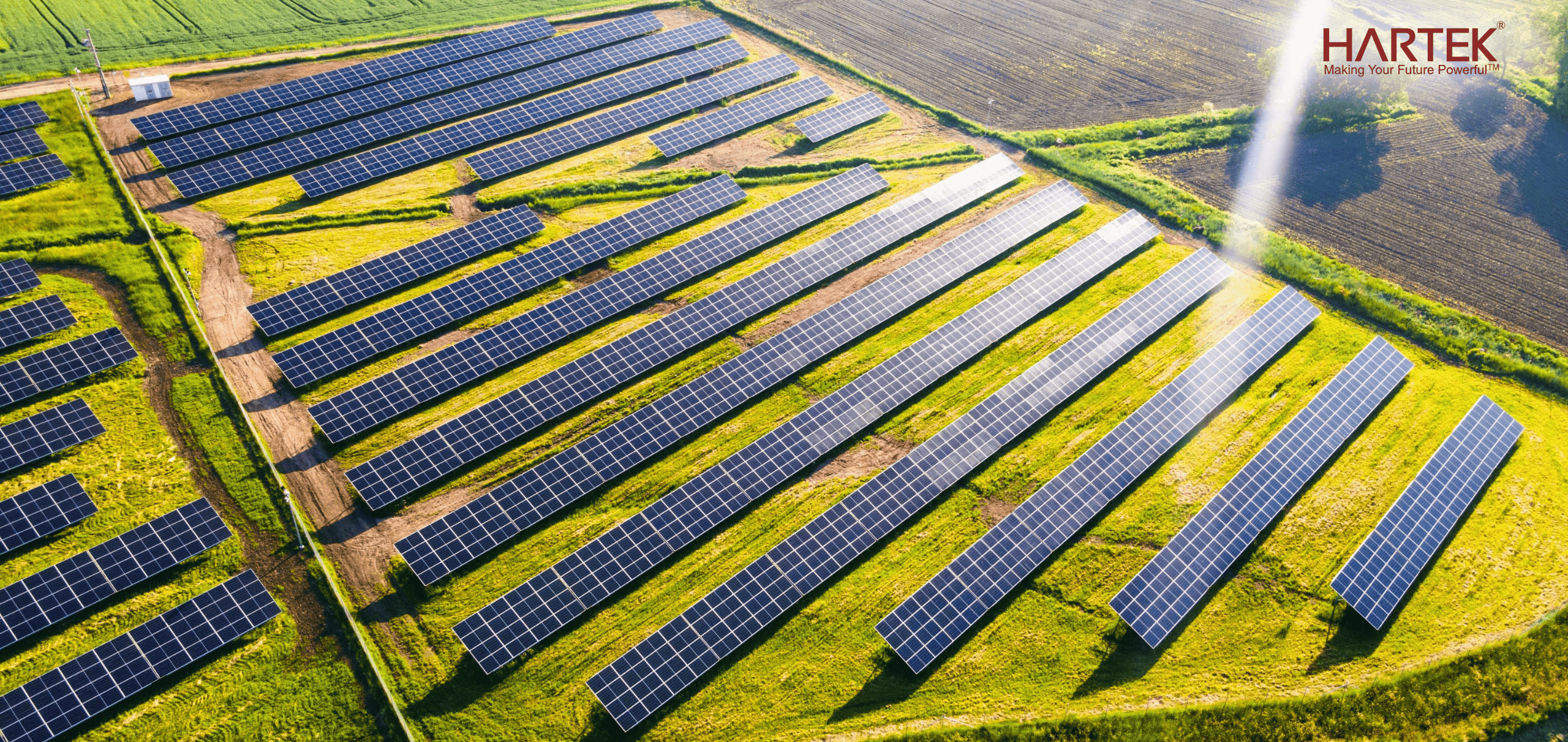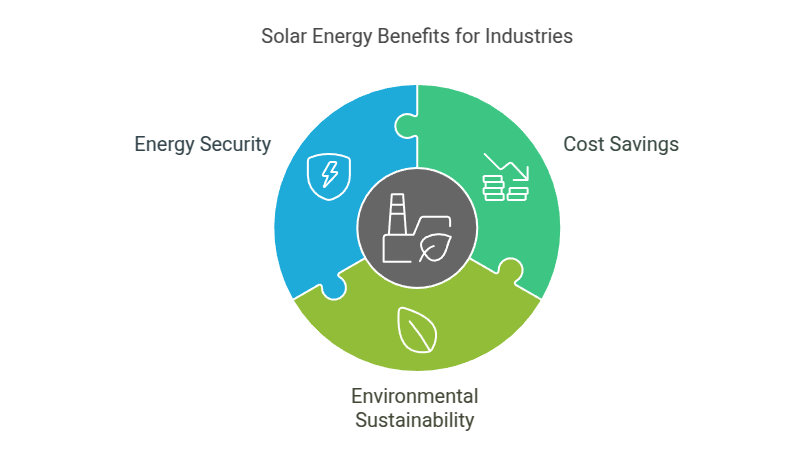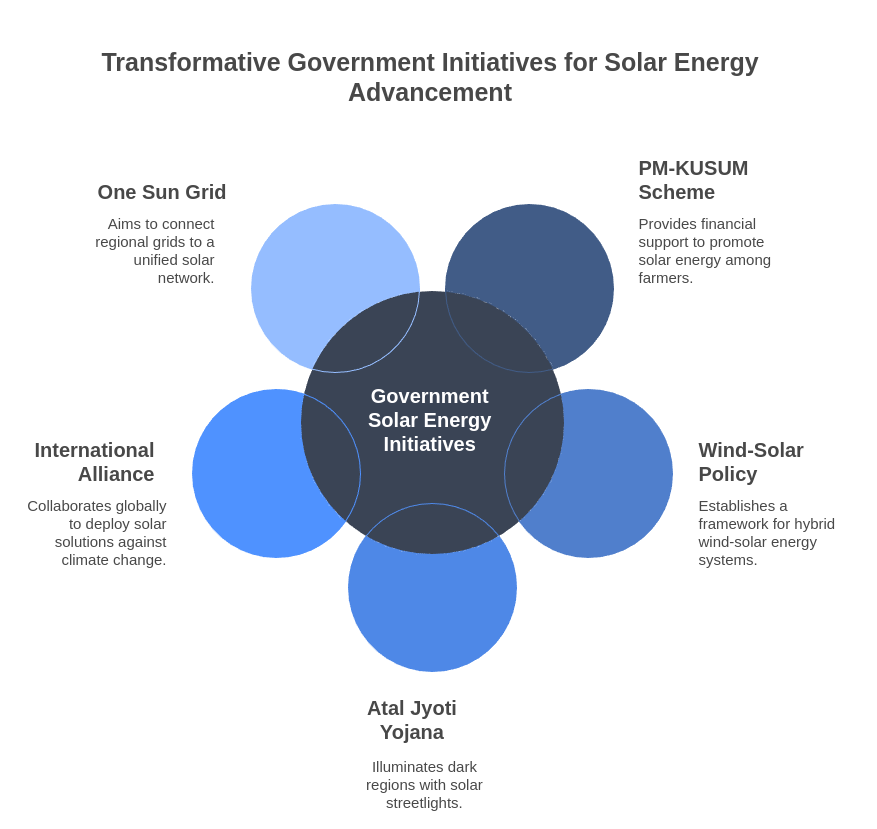India has set an ambitious target to deploy 500 GW of Renewable Energy capacity by 2030, signalling their commitment to sustainable energy solutions and global climate leadership. This ambitious goal represents our nation’s recognition of solar power’s transformative potential to address energy security, environmental sustainability and economic development. India’s installed renewable energy capacity has expanded by 165% over the previous decade, growing from 76.38 gigawatts (GW) in 2014 to 203.1 GW in 2024.
Due to the massive scale of projected solar capacity expansion, an inclusive approach must be adopted that encompasses policymakers, industry stakeholders, research institutions, and global partners. Hartek Group, in this case, a well-known Indian solar EPC company, has made substantial contributions to the Solar Revolution in India.
Since its foundation in 1991, Hartek Group has successfully contributed to increasing RE capacity especially focusing on Solar Power Projects. This blog article will look at the essential initiatives India can take to achieve renewable energy capacity by 2030 and our contribution to the same.
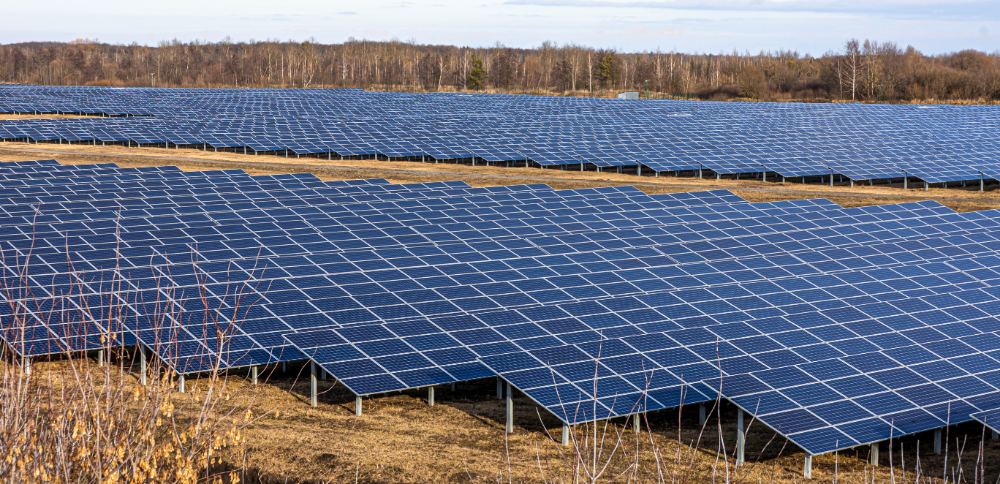
Steps to Achieve Renewable Energy Capacity by 2030
1. Policy and Regulatory Framework
A strong and consistent policy framework is critical to attracting investment and accelerating solar development. India must maintain regulatory clarity, shorten clearance procedures, and give long-term policy stability to solar companies.
India could explore extending its current incentive programs and experimenting with new finance structures such as green bonds and carbon credits. According to a report by the (IRENA), government incentives such as subsidies, tax exemptions and concessional loans can significantly lower solar project costs by 30-50% or more.
Land acquisition and grid interconnection difficulties need to be addressed for large-scale solar projects. To meet the increase in solar electricity, India must simplify land acquisition procedures and invest in grid infrastructure upgrades. This involves increasing transmission capacity, improving grid stability, and creating smart grid technology.
2. Technological advancements
India may encourage innovation by investing in research and development of innovative solar technology. This involves looking into novel materials, increasing efficiency, and creating cost-effective storage options. By assisting research institutes and entrepreneurs, India can accelerate technical developments in the solar industry.
Promoting home production of solar components may minimise reliance on imports, generate employment, and enhance the local economy. India may provide incentives and assistance to indigenous producers to stimulate development in the solar value chain, which may help reduce the total cost of solar installations.
Integrating solar electricity with energy storage devices may help improve grid stability and alleviate intermittency concerns. India may incentivise the implementation of solar-plus-storage projects and investigate novel storage technologies such as battery storage, pumped hydro storage, and compressed air energy storage.
3. Investment and Financing
Using public-private partnerships may attract large investments in solar projects. India can foster a favourable climate for PPPs (Public-Private Partnerships) by establishing clear norms, risk-sharing arrangements, and long-term contracts. This may assist in raising private money and speeding up project development.
Issuing green bonds may help solar projects raise cash from both local and foreign investors. India can establish a strong framework for green bond issuance and a thriving secondary market. This might offer a long-term source of finance for solar installations.
Collaboration with overseas partners may lead to increased access to money, technology, and experience. India may seek collaboration with wealthy nations, international organisations, and foreign investors to help it achieve its solar ambitions. This may also assist in increasing foreign direct investment in the solar industry.
4. Human Resource Development
Developing a qualified staff is critical to the effective deployment of solar projects. India must invest in training programs and educational institutions to create the required skills and competence. This covers courses in solar project management, engineering, installation, and maintenance.
Improving the capability of government agencies, utilities, and industry leaders is critical to successful solar project administration and operation. India may provide training and capacity-building assistance to appropriate parties, which may help guarantee that the solar industry has the required competence to accomplish its ambitious net zero emissions goals.

5. Environmental and social considerations
Conducting rigorous environmental impact studies is critical to ensuring that solar projects are implemented responsibly. India may develop strong criteria for environmental evaluations and prevent any possible negative consequences, such as habitat loss and water consumption.
Engaging with local communities is critical for establishing social acceptability and resolving concerns about land usage, environmental effects, and economic rewards. India can create transparent consultation systems that promote meaningful community participation in project development. This may help increase confidence and support for solar projects.
Hartek Group: A Powerful Force in India’s Solar Revolution
Hartek Group has emerged as a vital participant in India’s solar energy market, boosting solar capacity India, and fulfilling the ambitious goal of achieving 10 GW of Solar Grid connectivity till date. Furthermore, here is how we are contributing in strengthening the green corridor –
Hartek Group, a leading participant in the EPC industry, has acquired various 765kV contracts from the Power Grid Corporation of India Ltd. The important orders include the delivery and commissioning of high-voltage transmission projects in Indore and Kurnool. With massive power production projects planned till 2030, these 765kV efforts will be critical in strengthening the grid.
Noteworthy contributions in increasing Power Sector in India:
- 10 GW Solar Grid Connectivity
- More than 200 MW installed roof top solar capacity.
- 21 plus indian state operations
- 765 KV operational capacity
- 400 plus EHV and HV substations executed
India’s ambitious target of reaching renewable energy capacity by 2030 requires a concerted effort from all stakeholders – government, industry, academia and civil society alike. By adopting comprehensive policies, incentives and initiatives designed to foster solar energy growth, India can harness its immense potential and become a world leader in renewable energy production. By driving the solar revolution forward through strategically implemented strategies and actions, India can ensure that future generations enjoy sustainable and green futures. India can change its energy landscape through cooperation between innovative businesses such as Hartek Group and all sectors within its solar energy ecosystem, creating green jobs while decreasing emissions and providing generations to come with a secure future.
FAQ’s:-
1. What is India’s renewable energy capacity target for 2030?
India aims to achieve 500 GW of renewable energy capacity by 2030, including significant expansion in solar, wind, and other clean energy sources.
2. How is Hartek Group contributing to India’s solar revolution?
Hartek Group has connected 10 GW of solar power to the grid and executed 400+ EHV and HV substations, driving India’s renewable energy expansion.
3. What role do public-private partnerships play in solar expansion?
Public-private partnerships (PPPs) attract large investments, foster innovation, and accelerate the deployment of solar projects across India.
4. How can technological advancements boost renewable energy capacity?
Innovations in solar storage, grid stability, and efficiency will enhance energy production and support India’s 2030 renewable energy goals.
5. What are the key challenges in achieving India’s 2030 renewable target?
Major challenges include land acquisition, grid integration, financing, and the need for skilled workforce development and policy consistency.

